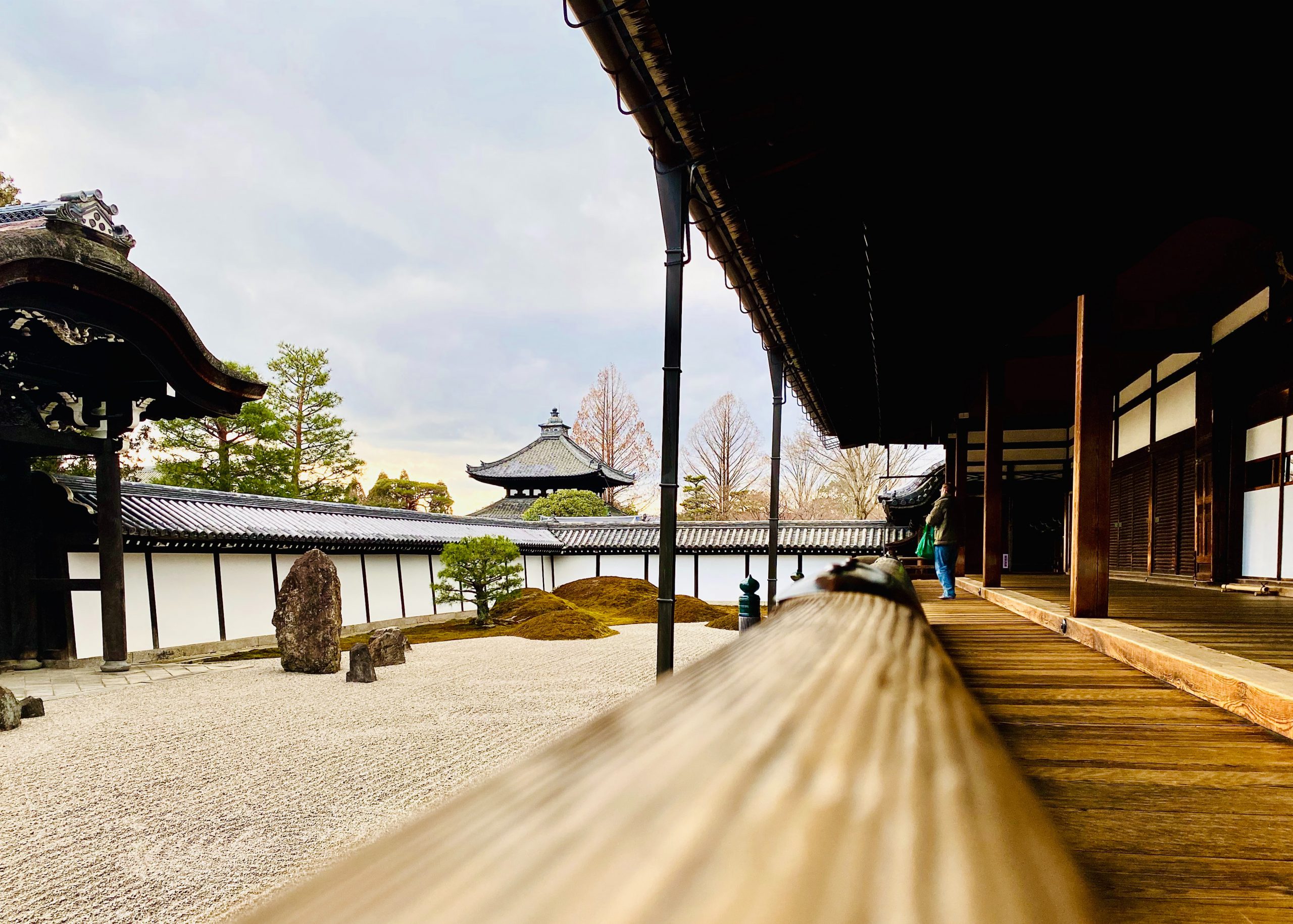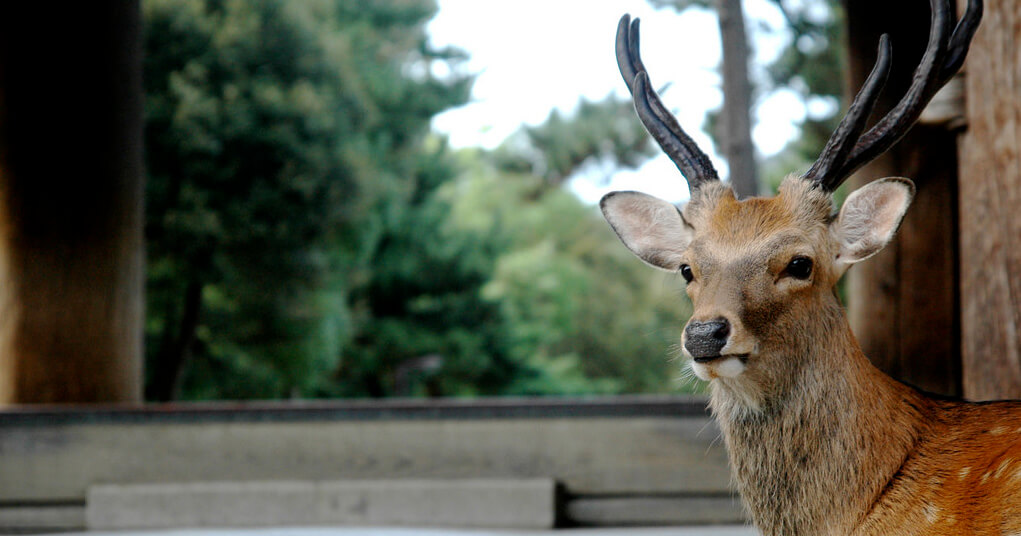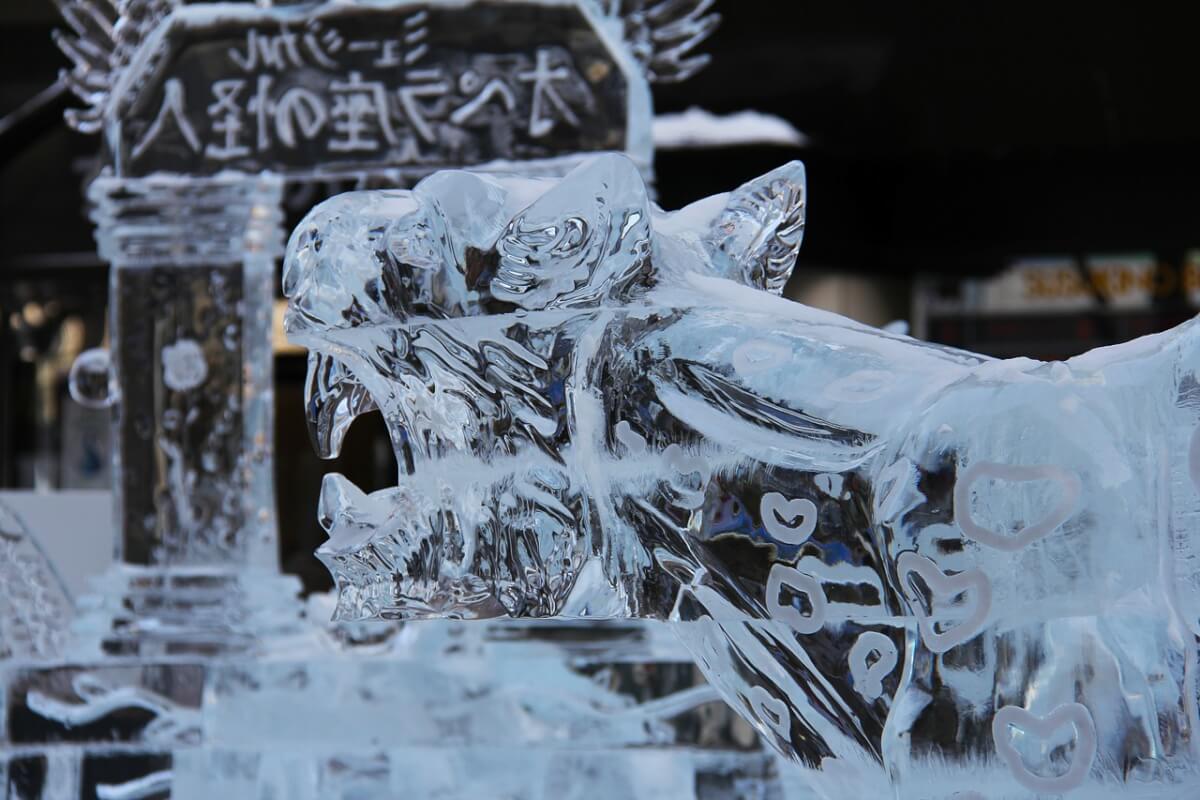Japanese rock gardens, also called zen gardens or Karesansui in Japanese, are traditional Japanese gardens that use rocks, gravel, and sand to represent natural sceneries or spiritual ideas. Zen gardens were created by Zen Buddhist monks in the 6th century, to aid in the meditation at the zen Buddhist temples. Many must-visit rock gardens can be found in Kyoto, which is the home to many sublime zen temples. In this article, we will introduce some of the finest rock gardens you can visit in Kyoto!
What is a rock or zen garden?
Traditional Japanese gardens represent natural sceneries and spiritual and philosophical ideas by incorporating natural materials such as ponds, streams, islands, and hills. The Japanese rock gardens are designed to recreate all the garden elements using rocks, gravel, and sand, along with moss and shrubs, however, do not contain water. Zen gardens, or karesansui, are also known as dry rock gardens or dry landscape gardens and are a symbolic representation of the world and help the monks with the meditation about the meaning of existence. The rocks can be arranged vertically or flat to represent mountains, waterfalls, or islands. The white sand and gravel, which are carefully raked each day by monks, represent (flowing) water.
Japanese rock gardens have existed for centuries, it was already in 1251 when the first rock garden was built in the city of Kamakura, which was the nation’s capital at the time. These rock gardens resembled the Chinese gardens of the Song dynasty, with a strict arrangement of stones. During the Muromachi Period (1336-1573), the capital was moved to Kyoto where many important zen temples with Japanese rock gardens were built in Kyoto. Here is our list of the most beautiful zen gardens in Kyoto.
Ryoanji Temple (龍安寺)
The rock garden of Ryoanji Temple is the most famous and visited rock garden in Japan. The temple itself was originally a villa of an aristocrat during the Heian Period (794-1185) and was converted into a zen temple in 1450. The exact date of construction, as well as the designer of the garden, are unknown and the original garden was destroyed by a fire. The current garden was recreated at the end of the 18th century.
The garden is a rectangle of 25 meters and 10 meters, and 15 stones of different sizes are carefully laid out in five groups. The garden is meant to be viewed from a seated position on the terrace of the head priest’s former residence called Hojo. When you observe the garden from a seated position, at least one of the rocks is always hidden from the viewer. The meaning of the garden is not clear, but the traditional interpretation is that it represents infinity or that only through attaining enlightenment one would be able to see the 15 stones.
Ryoanji Garden
8am-5pm (Mar-Nov)
8.30am-4.30pm (Dec-Feb)
Admission fee ¥500
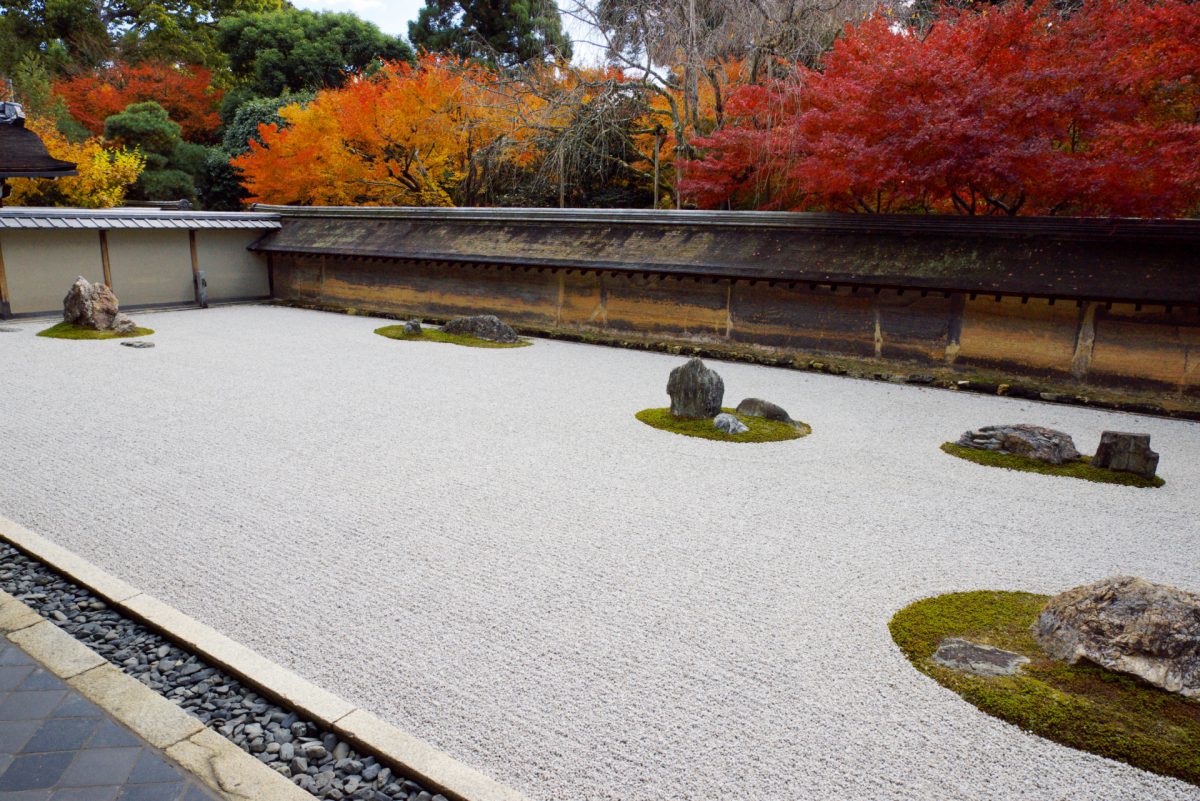
How to get to Ryoanji garden
From Kyoto Station, take the JR bus which directly goes to Ryoanji (about 30 minutes).
Tofukuji Temple (東福寺)
Founded in 1236, Tofukuji is one of the oldest temples in Kyoto. The Hojo, or the head priest’s former residence, is one of the paid areas of the Tofukuji temple complex and is surrounded by gardens. These gardens were designed in 1939 by the legendary landscape architect Mirei Shigemori, who combined Zen aesthetics with modern art. Each garden has a different character; the southern garden is a traditional zen garden with raked pebbles and large rocks, in the eastern garden there are cylindrical standing stones laid out on raked pebbles, and the northern garden has a checkerboard pattern of square stones and moss, and the western garden features another checkerboard pattern created with finely pruned azalea bushes.
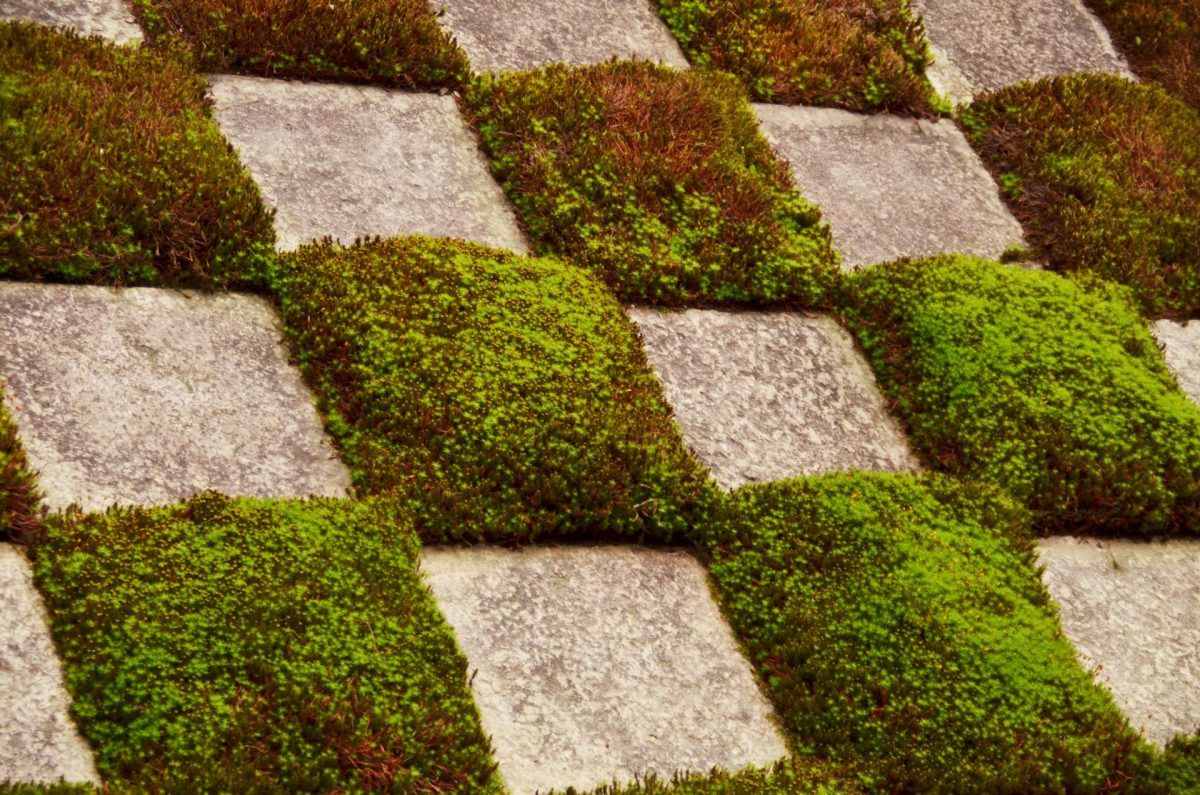
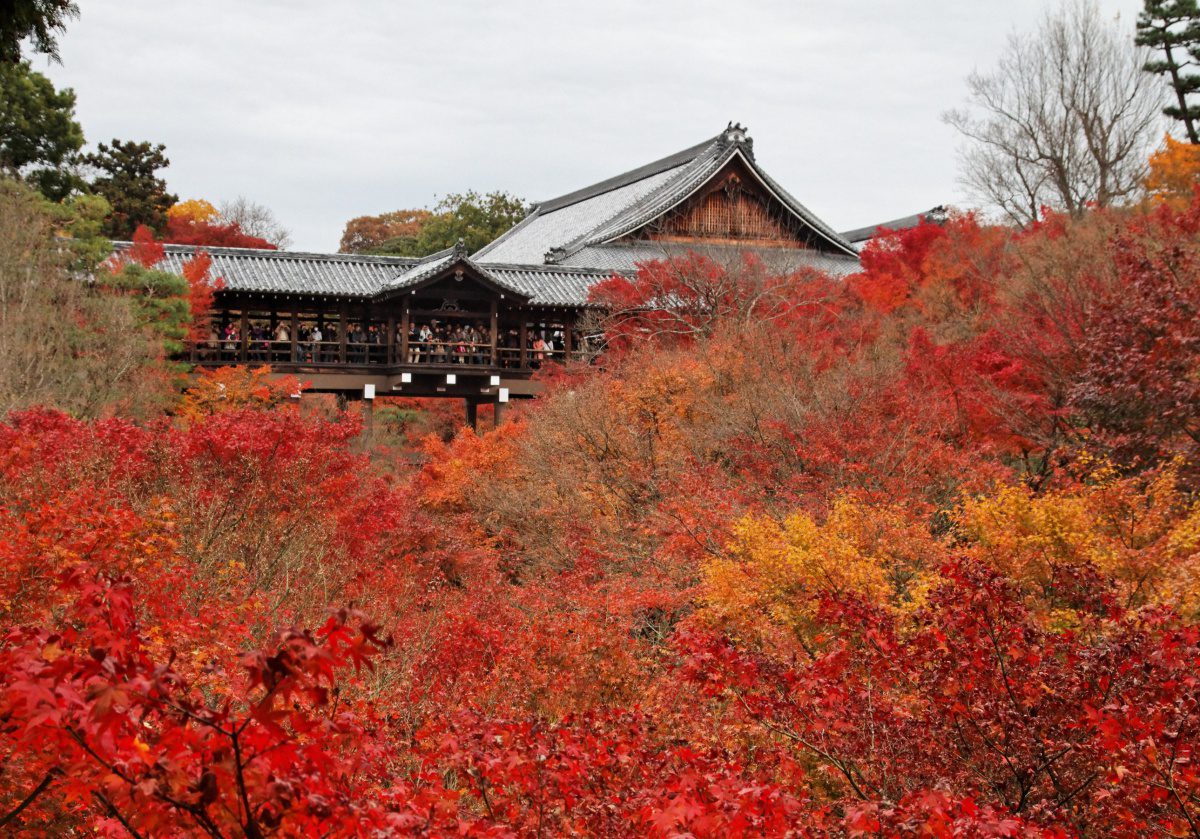
In autumn, many people come to Tofukuji Temple to watch the temple’s koyo, autumn colors. The view from the Tsutenkyo Bridge is spectacular and the temple grounds become extremely crowded when the koyo reaches its peak.
Tofukuji Temple
9am-4.30pm (Apr-Oct)
8.30am-4.30pm (Nov-Dec)
9am-4pm (early Dec-Mar)
Entry to the temple grounds is free, but there is a ¥400 fee to enter the Hojo and the gardens. For the bridge you are also required to pay ¥400.
How to get to Tofukuji Temple
10 min walk from Tofukuji Station or Tofukuji bus stop.
Kenninji Temple (建仁寺)
Kenninji Temple was built in 1202 just south of Kyoto’s famous Gion district and is Kyoto’s eldest zen temple. The temple serves as one of the head temples of the Rinzai Sect of Japanese Buddhism.

Kenninji has three gardens; Chou-on-tei, Dai-ou-en, and Circle-Triangle-Square gardens. In Chou-on-tei garden, three large vertical rocks and flat rocks are arranged on the moss-covered ground. This garden was designed in a way that the viewers can enjoy beautiful sceneries from any of the four sides. Dai-ou-en garden is a large and simple garden with raked gravel and several rocks laid out on small islands of moss. The Circle-Triangle-Square garden represents three elements of nature which consist of the universe; the circle for water, the square for ground, and the triangle for fire. In this garden, the circle is expressed with a round moss island and a raked pattern of the gravel, the square is expressed with a well, and the triangle is expressed with white sand.
Kenninji Temple
10am-5pm (Mar-Oct)
10am-4.30pm (Nov-Feb)
Admission fee ¥500
How to get to Kenninji Temple
10 minute walk from Gion Shijo Station & Kawaramachi Station.
Daitokuji Temple (大徳寺)
Founded in 1319, Daitoku-ji temple is a large walled-in temple complex made up of almost two dozen Zen sub-temples and it is one of the best places to see several styles of Japanese gardens. The most famous sub-temple is Daisenin, open to the public around the year. Daisenin is home to several beautiful rock gardens wrapped around the temple buildings, the gardens are one of the most highly-regarded in Japan.
The rock garden of Daisenin can be divided into several parts; Dokuza-tei garden is the main rock garden which represents the famous Horai-zan, the mountain of the blessed, and a long and thin peninsula or island protrudes into the rough sea. Kanmin-tei garden or “Quietly sleeping garden” is a much more compact and intimate zen garden. This garden was created for a warlord who was known as Christian Daimyo (warlord), and the garden has seven stones placed to form a cross.
Other must-visits at Daitokuji Temple are Obai-in Temple, Zuiho-in, Ryogenin, and Kotoin.
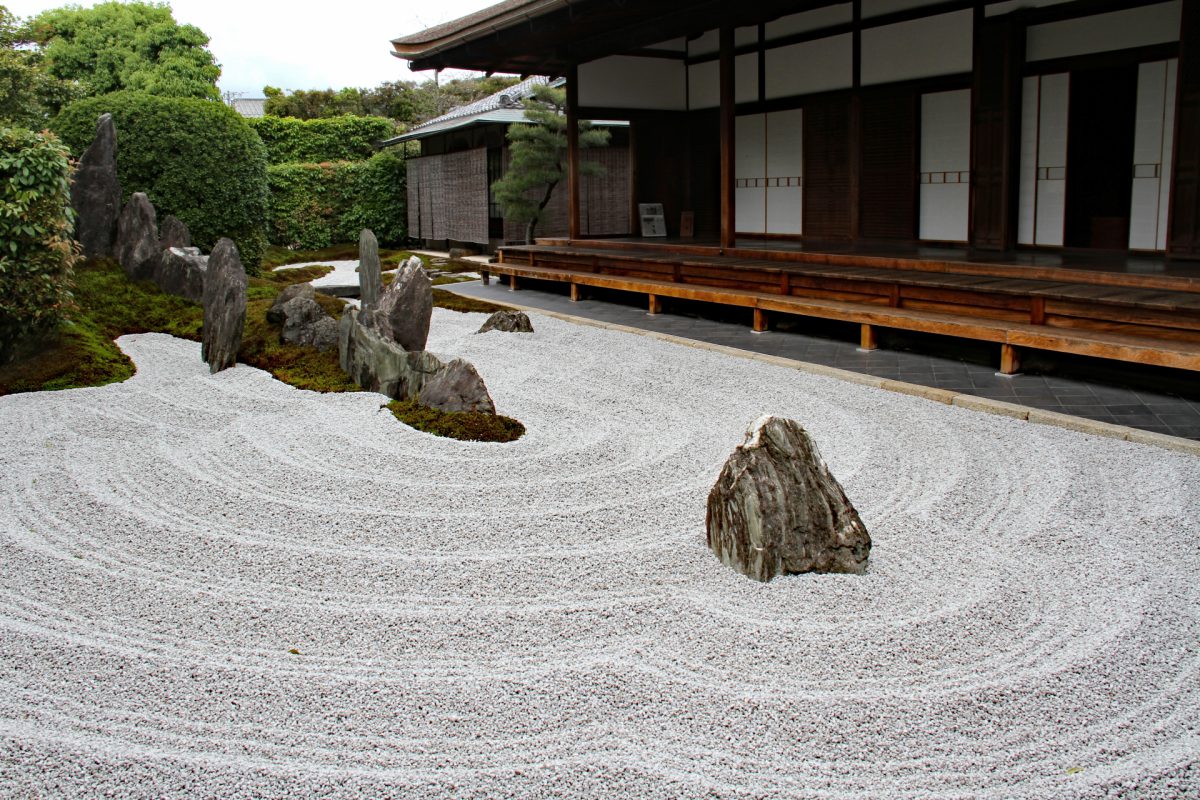
Daitokuji Temple
The temple complex is accessible 24 hrs, but each sub-temple has different opening times.
Free admission for the main precincts; fees for the sub-temples & gardens.
How to get to Daitokuji Temple
A short walk from Daitokuji-mae bus stop.
5 minute walk from Kitaoji-Horikawa bus stop.
15 minute walk from Kitaoji Station on the Karasuma Subway Line.
Konchi-in Temple (金地院)
Konchi-in is a sub-temple of the Nanzen-ji temple complex built in the early 15th century in northern Higashiyama. The temple’s tea ceremony room is one of the three major teahouses in Kyoto. The gardens in the temple were designed and built by the famous garden designer and tea master Kobori Enshu.
The main garden at Konchi-in is known as the Crane and Turtle Garden. Two islands arranged with rocks and shrubs create the illusion of a crane and a turtle facing each other.
Konchi-in Temple
8.30am-5pm (Mar-Nov)
8.30am-4.30pm (Dec-Feb)
Admission fee ¥400
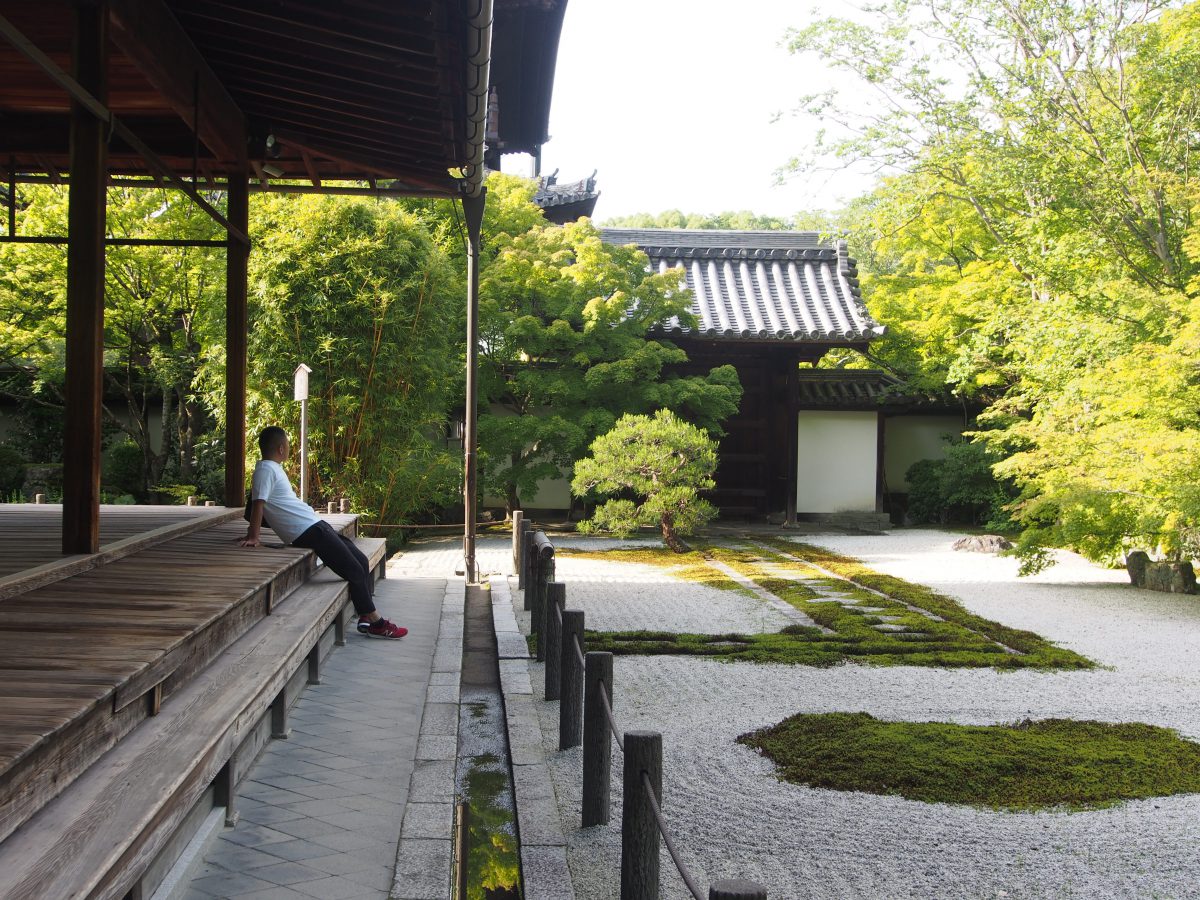
How to get to Konchiin Temple
5 minute walk from Nanzen-ji bus stop or Keage Station.
Alternatively, the picturesque Philosopher’s path, which connects Nanzen-ji and Ginkaku-ji, is the most beautiful way to get to Nanzen-ji and its sub-temples.
Japan Wonder Travel Tours in Kyoto
We operate several tours in Kyoto that will help you understand this historical city even better and discover some of the most beautiful parts of the traditional city of Kyoto. Explore the Japanese cuisine at Nishiki market or get your picture with a geisha in Gion. With all our tours, a local guide will show you around and explain to you more about the local history, culture, architecture, etc. Also, if you need help organizing your trip to Kyoto or a day trip from Kyoto, check out our concierge service, we’d be happy to help you out! Some of the tours we offer in Kyoto.
▶Kyoto Private Full-Day Walking Tour
On this full-day private tour of Kyoto, you will be able to see Kyoto efficiently in just one day and also develop a deeper understanding of both the culture of the area and of Japan as a whole.

▶Total Kyoto Experience
If you only have one or two days in Kyoto, we offer a full-day itinerary, enabling you to experience the entire city of Kyoto in just 10 hours!
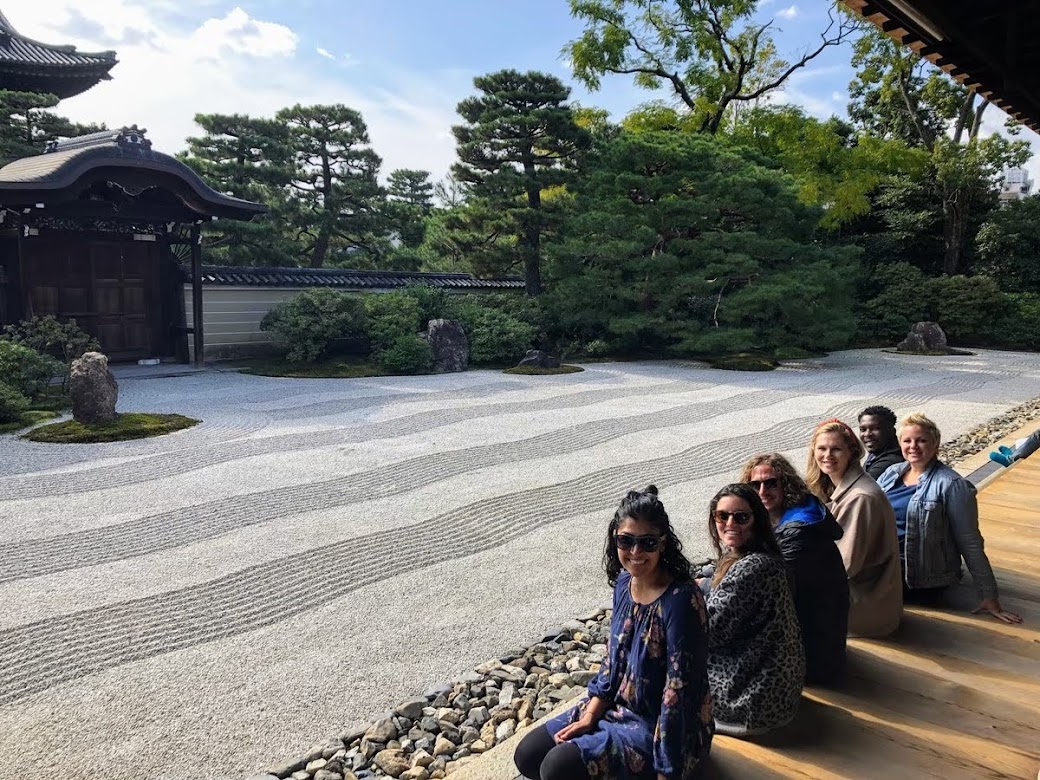
▶Kyoto Food and Drink Tour @Nishiki Street & Gion
If you’re looking to learn more about the culture and the local cuisine, this is definitely the perfect option for you! Take part in our food and drink tour while exploring the 400-year-old market & the Gion district.
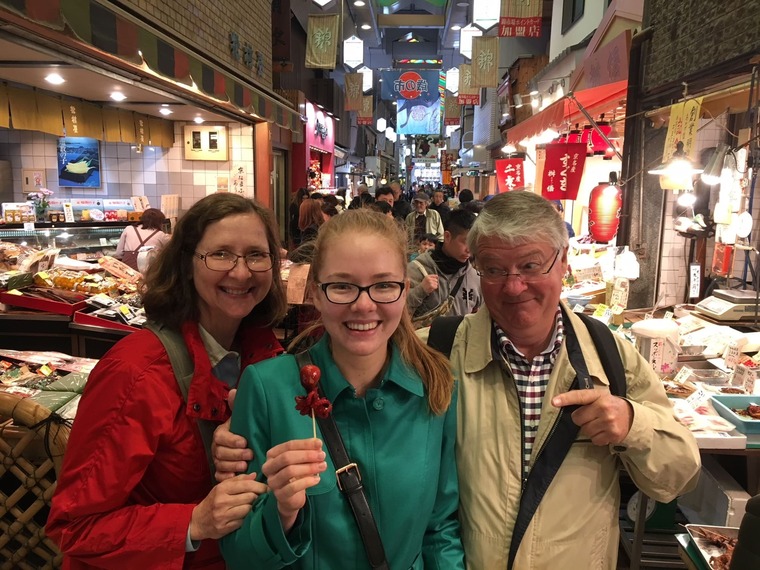
What did you think about our list of rock gardens in Kyoto? The rock gardens are very simple yet each of them represents different sceneries or ideas. Visiting the rock gardens and spending some time just sitting and observing them can be a very relaxing experience, especially when you visit in the early morning.
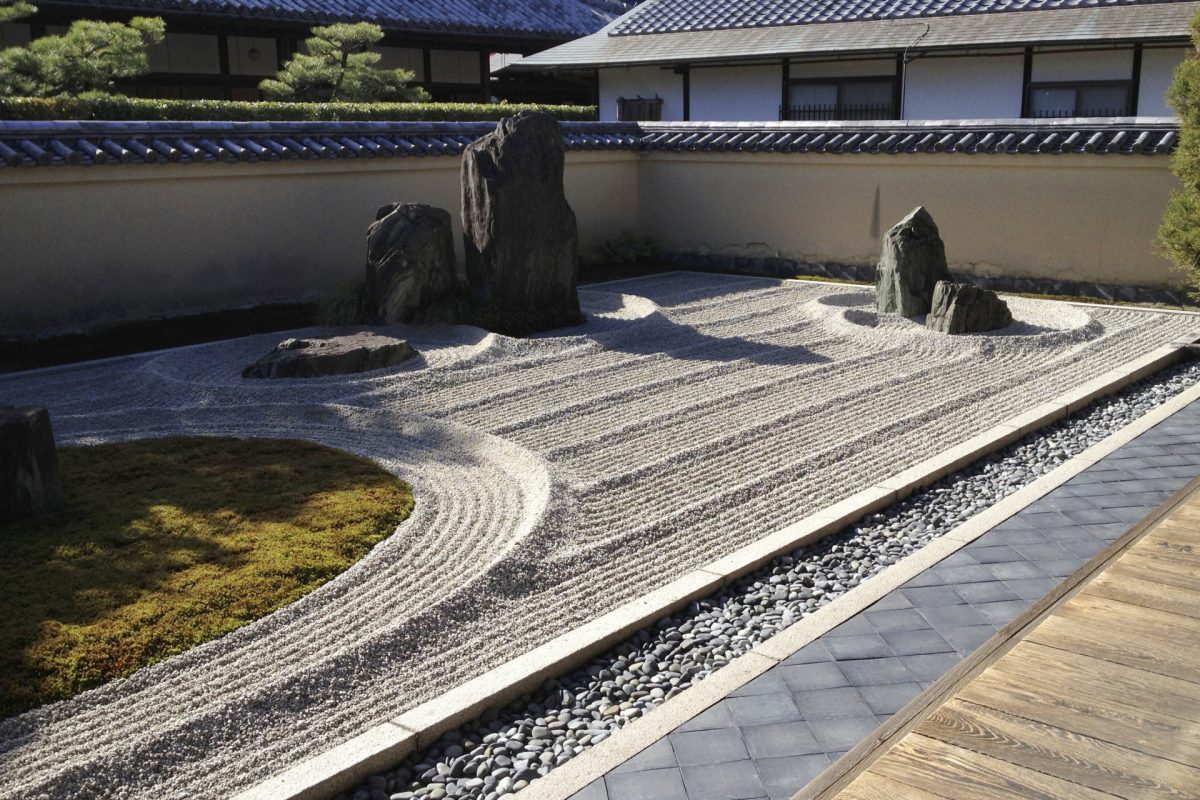
Follow us on Instagram, Facebook, Twitter, and TikTok for more travel inspiration. Or tag us to get featured!
Happy traveling!
Stay informed of the best travel tips to Japan, the most exciting things to do and see, and the top experiences to have with the Japan Wonder Travel Newsletter. Every week we will introduce you to our latest content.
